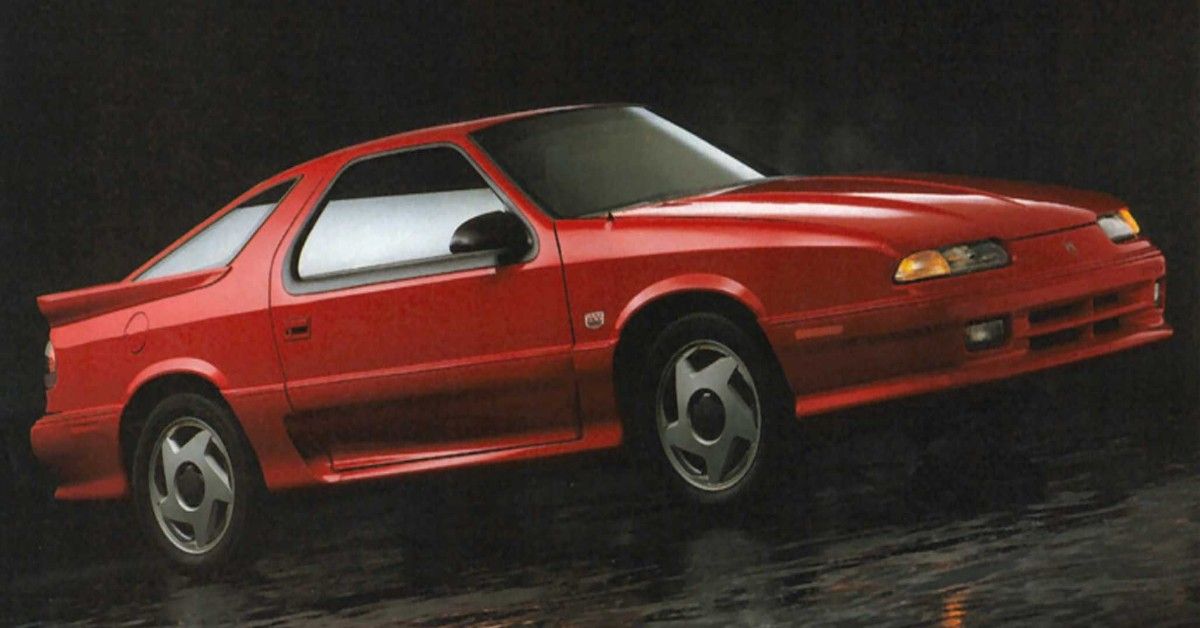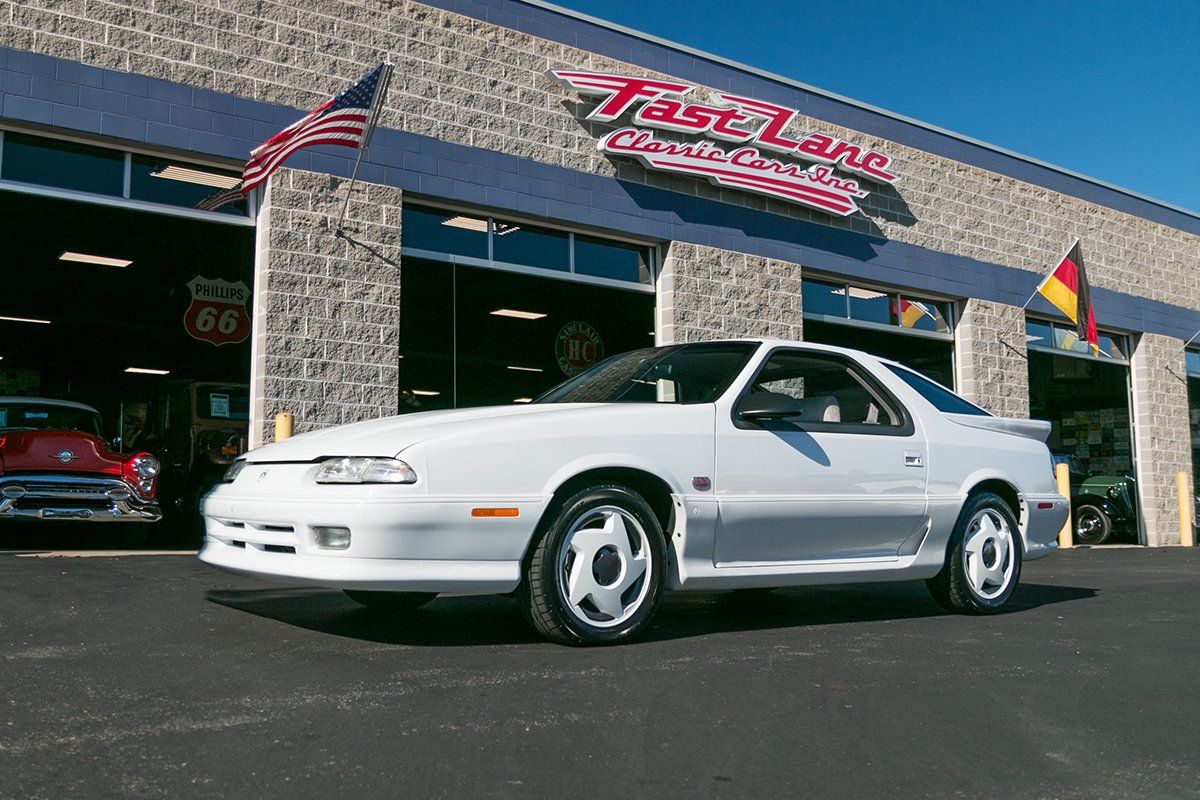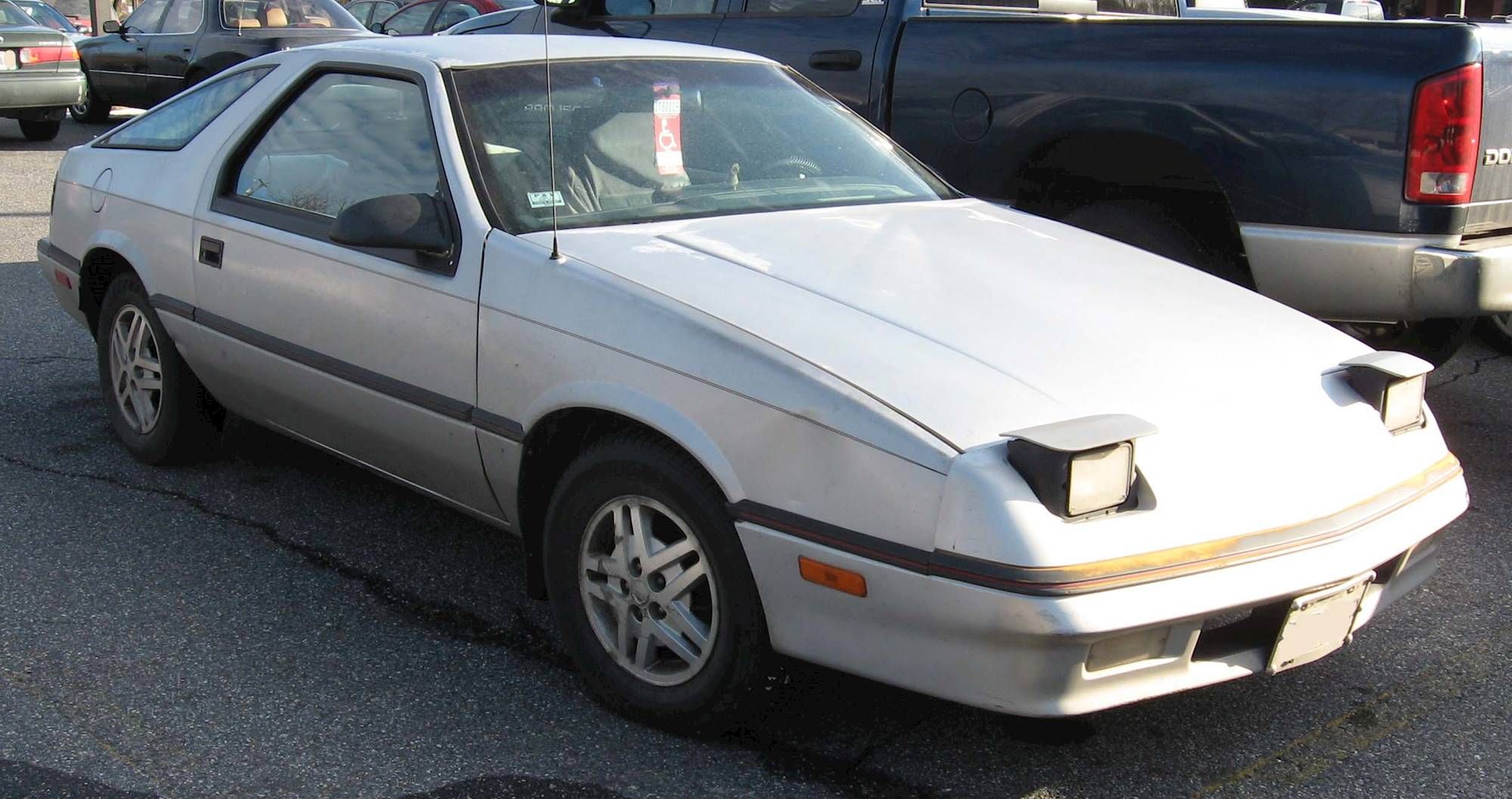Back in the 90s, there was a hatchback that made more than 200 horsepower. We are talking about the Dodge Daytona manufactured in the years 1992 and 1993. The Daytonas were built by the Dodge division under the hood of Chrysler Corporation from 1984 to 1993. These were essentially front-wheel-drive hatchbacks mounted on the brand’s G platform. And while the previous Daytonas were doing okay (as far as Dodge could), something magical happened in 1992. The manufacturing plant was changed from St. Louis, Missouri to Sterling Heights, Michigan. The car was restyled aggressively with a major facelift and several add-ons, but the best thing that ever happened to the Dodge Daytona was an extremely rare IROC package.
The International Race of Champions (IROC) was a North American auto race series that was created and promoted as an equivalent of the US motorsports All-Star Game and Masters. Some of the best drivers in the industry used to come together through the series, to contest for the title of the top driver. Even though it had international in its name, the IROC was mainly associated with North American oval track racing. For many years, Chevrolet used the series name with Camaro. However, in 1992, Daytona took over Camaro to be the new official car of the IROC racing and that is how Dodge got the authority to label their models with “IROC”.
Even the most hard-core gearheads haven’t heard of this racing legend, the Dodge Daytona IROC, which is such a shame. Monstrously powerful and devilishly handsome, the Daytona IROC is one of the rarest among all collectibles.
We have assembled some of the least known facts about this icon. If you haven’t heard of Dodge Daytona IROC yet, drive right into it but if you are one of the very few on this planet who know it already, read through the end for the sheer delight this legend stirs up deep within the soul.
History Behind The Race Legend
IROC stood for the International Race of Champions. Top race drivers from the NASCAR Winston Cup, NASCAR Busch, Indy Car, World of Outlaws, etc. raced in identically modified stock cars to be the best driver overall. The same cars were prepared, in an attempt to maintain equality and keep the race strictly about the test of the drivers’ ability instead of the participating cars. From 1990 to 1993, all the drivers ran in heavily modified Dodge Daytonas.
Interestingly, this underrated muscle car traces its roots back to the early 80s. Turbocharged engines were rapidly getting popular in the motorsports industry. Every automaker wanted a chunk of it. Soon the companies realized that pushing the turbocharging for streets was a great way to make bank. Subsequently, their engineering and development departments started researching ways to tame these engines enough for street use. Chrysler wanted in on the action too but they went a step ahead. They did not only develop their own Turbo engines but also managed to get Shelby to modify the power output, handling, and styling. Additionally, Chrysler got Lotus to tweak the engines further for a wider powerband (according to Mopar Action). These three historical revamps came together in 1992 to make way for the criminally underrated Dodge Daytona IROC R/T. After a brief moderately successful stint, the IROC affiliation was dropped in 1993, and the IROC R/T was discontinued.
Features And Specifications
The Daytona IROC was a front-engine, front-wheel drive hatchback. It came standard with a 3-liter V6 engine and an optional and extremely rare 2.5 liter High Torque Turbocharged engine. A new R/T performance package was also available on the IROC. The R/T package came equipped with the Turbo III variant of the 2.2-liter four-cylinder engine refined with the DOHC cylinder head designed by Lotus and a direct ignition system. It churned an impressive 224 horsepower at 6,000 rotations per minute (keeping the redline at 6,500 rpm) and 217 lb-ft of torque. The power output was pretty healthy considering the fact that most of the muscle cars of that time were making a similar amount of horsepower. As per Fastest Laps, the top speed was 147 miles per hour, and it could hit zero to 60 miles in just 6.8 seconds. The Daytona IROC could run a quarter mile within 14.8 seconds at a speed of 92 mph, enough to beat the third generation Camaros. However, the handling was a little tricky as a result of minor torque steer but if you were able to handle it the car did just fine.
Less than 230 units of this car were produced in 1992, and far lower in the model’s final year 1993, after which it was replaced by Dodge Avenger. Even though the Dodge Daytona IROC was not the perfect car, it had all the bells and whistles at the right places. Sometimes that’s what matters the most. It’s easy to see why enthusiasts dig this car.



